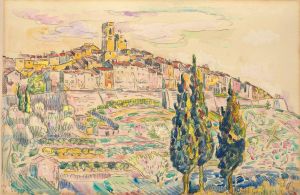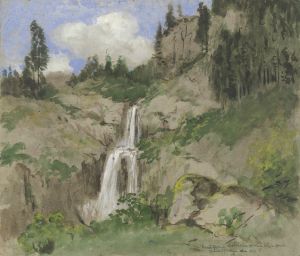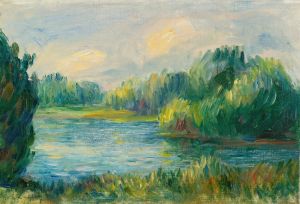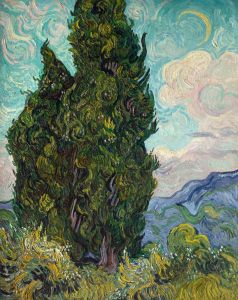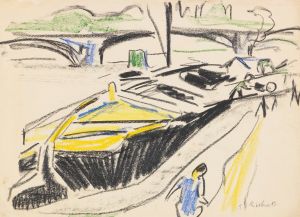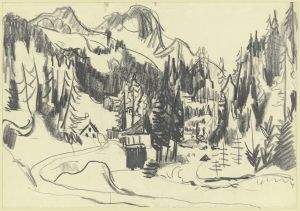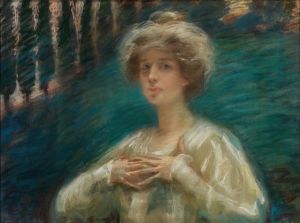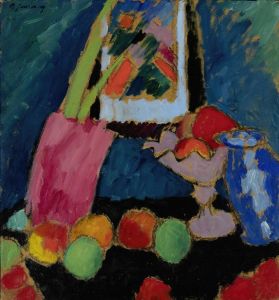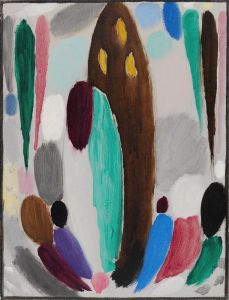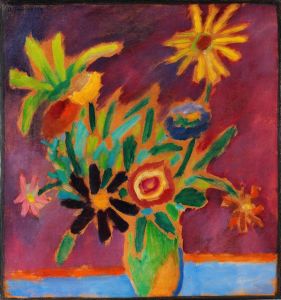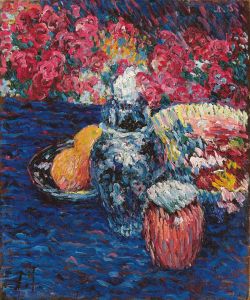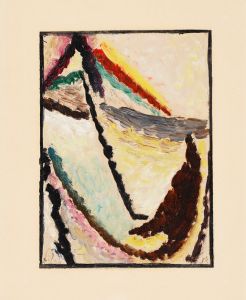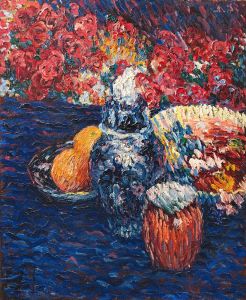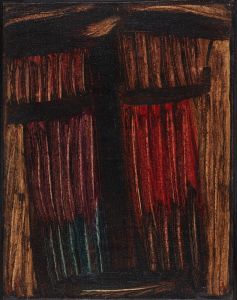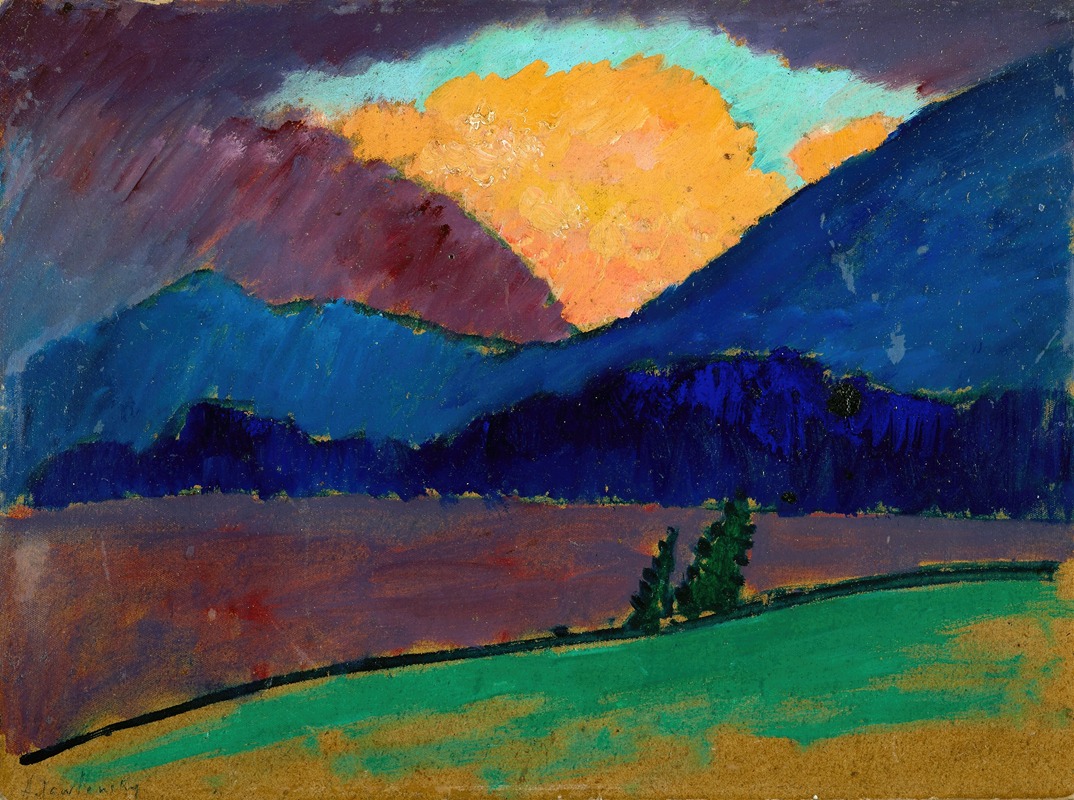
Summer evening in Murnau
A hand-painted replica of Alexej von Jawlensky’s masterpiece Summer evening in Murnau, meticulously crafted by professional artists to capture the true essence of the original. Each piece is created with museum-quality canvas and rare mineral pigments, carefully painted by experienced artists with delicate brushstrokes and rich, layered colors to perfectly recreate the texture of the original artwork. Unlike machine-printed reproductions, this hand-painted version brings the painting to life, infused with the artist’s emotions and skill in every stroke. Whether for personal collection or home decoration, it instantly elevates the artistic atmosphere of any space.
"Summer Evening in Murnau" is a painting by the Russian artist Alexej von Jawlensky, created in 1908. Jawlensky was a key figure in the development of Expressionism and was associated with the Blue Rider (Der Blaue Reiter) group, which included other notable artists such as Wassily Kandinsky and Franz Marc. This group was instrumental in the early 20th-century avant-garde movement in Germany.
The painting "Summer Evening in Murnau" exemplifies Jawlensky's transition from Post-Impressionism to a more expressive and abstract style. Murnau, a small town in Bavaria, Germany, was a significant location for Jawlensky and other members of the Blue Rider group. The town's picturesque landscapes and vibrant colors greatly influenced their work. Jawlensky, along with his companion Marianne von Werefkin, and their friends Kandinsky and Gabriele Münter, spent considerable time in Murnau, where they found inspiration in the natural surroundings.
In "Summer Evening in Murnau," Jawlensky employs bold, vivid colors and simplified forms to capture the essence of the landscape rather than its detailed representation. The painting features a harmonious blend of blues, greens, and yellows, which convey the tranquil yet dynamic atmosphere of a summer evening. The use of color is particularly significant in Jawlensky's work, as he believed that colors had spiritual and emotional resonance. This approach aligns with the broader goals of the Blue Rider group, which sought to express deeper spiritual truths through art.
Jawlensky's technique in this painting involves broad, expressive brushstrokes that create a sense of movement and energy. The composition is structured yet free-flowing, with an emphasis on the interplay between color and form. This method reflects Jawlensky's interest in the spiritual and emotional potential of art, moving away from the literal depiction of reality.
"Summer Evening in Murnau" is an important work within Jawlensky's oeuvre as it marks a period of significant artistic development. During this time, he was increasingly influenced by the Fauvist movement, particularly the works of Henri Matisse, which encouraged a more liberated use of color and form. Jawlensky's exploration of these elements contributed to the evolution of Expressionism, a movement that sought to convey the artist's inner experiences and emotions.
The painting is also notable for its connection to the broader cultural and artistic context of early 20th-century Europe. The Blue Rider group, with which Jawlensky was closely associated, played a crucial role in the development of modern art. Their emphasis on abstraction, color theory, and the spiritual dimension of art had a lasting impact on subsequent artistic movements.
Today, "Summer Evening in Murnau" is recognized as a significant example of Jawlensky's work and the Expressionist movement. It is held in various private and public collections, where it continues to be studied and appreciated for its innovative approach to color and form. The painting remains a testament to Jawlensky's artistic vision and his contribution to the evolution of modern art.





